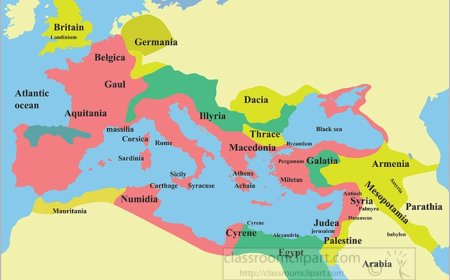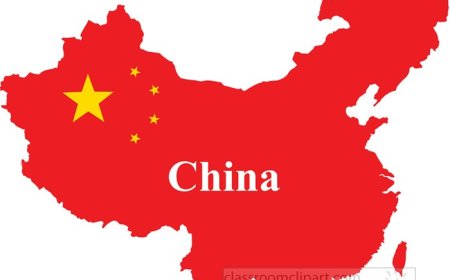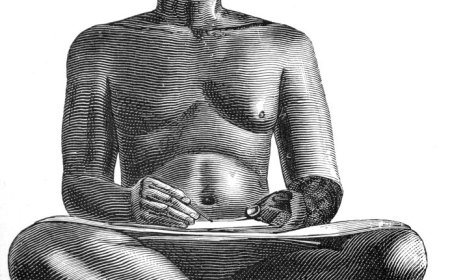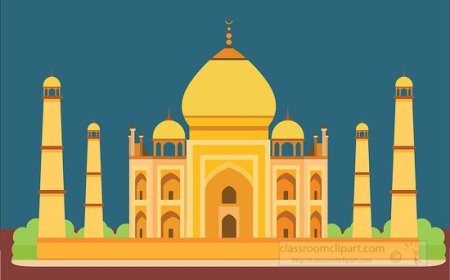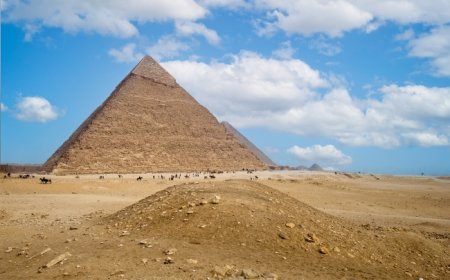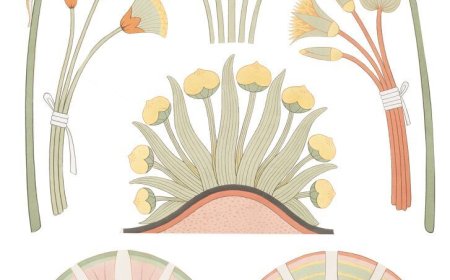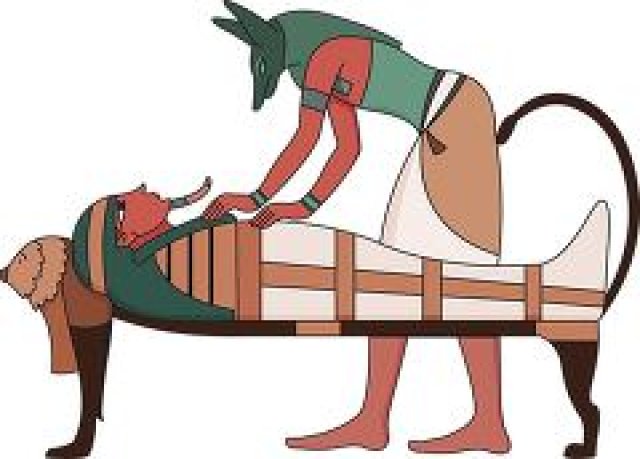Ancient Mesopotamia for Students: The World’s First Civilization Explained
Explore Ancient Mesopotamia, the cradle of civilization, in this student-friendly article. Learn about its cities, inventions, daily life, religion, and more—plus vocabulary, fun facts, and a quiz!
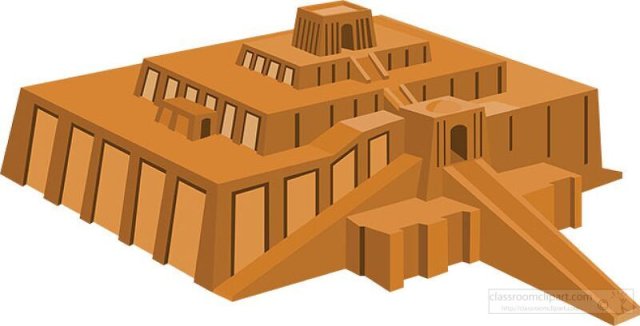
🏛 Ancient Mesopotamia: The Cradle of Civilization
Introduction
Long before the pyramids of Egypt or the temples of Greece, there was Mesopotamia—one of the first places in the world where humans built cities, invented writing, and formed governments. The name Mesopotamia means “land between rivers,” referring to the Tigris and Euphrates Rivers. Located in what is now modern-day Iraq, parts of Syria, and Turkey, Mesopotamia is often called the Cradle of Civilization because so many important human achievements began there.
📍 Location and Time Period
Mesopotamia was located in the Fertile Crescent, a rich farming area in the Middle East. The region got its name because the land between the Tigris and Euphrates Rivers was ideal for growing crops. Mesopotamian civilizations began around 3500 BCE and lasted until about 539 BCE, when the Persian Empire conquered the region.
🏙 Cities and Government
The first major civilization in Mesopotamia was the Sumerians, who built some of the world’s earliest cities such as Ur, Uruk, and Eridu. These cities were independent city-states, each with its own ruler and army. Later, other groups like the Akkadians, Babylonians, and Assyrians ruled the region.
One of the most famous kings was Hammurabi of Babylon, who created a strict set of laws known as the Code of Hammurabi. This code is one of the oldest legal systems in the world and included laws about trade, marriage, and crime.
🏠 Daily Life in Mesopotamia
Most people lived in mud-brick houses and worked as farmers, craftsmen, or traders. Men worked in fields or cities, while women managed the home and took care of children. Children were taught to read and write if their families could afford it.
People ate foods like bread, barley, fish, fruits, and vegetables. They wore clothes made of wool and flax and often decorated themselves with jewelry made from shells or stones.
🛕 Religion and Beliefs
Mesopotamians believed in many gods, making them polytheistic. They believed gods controlled everything—floods, harvests, and even sickness. Every city had a patron god and a large temple called a ziggurat built to honor that god.
Priests were very powerful and helped people communicate with the gods through offerings and rituals. Mesopotamians also believed in an afterlife, though they thought it was a dark and gloomy place.
✍️ Writing and Inventions
One of Mesopotamia’s greatest contributions was cuneiform, the world’s first known writing system. It was made by pressing a wedge-shaped stylus into soft clay tablets. At first, it was used for keeping records of crops and trade, but later people used it to write poems, myths, and laws.
Other inventions include:
The wheel
The sailboat
The plow
A calendar based on moon cycles
The concept of 60 seconds in a minute and 360 degrees in a circle
🖼 Art and Culture
Mesopotamians were skilled artists and builders. They carved statues, made jewelry, and created mosaics. Ziggurats were not only religious centers but also places of learning and culture.
They wrote stories like the Epic of Gilgamesh, one of the world’s oldest known pieces of literature. It tells the tale of a king's adventures and his search for immortality.
🛡 Military and Empires
Mesopotamia was often at war. Because it had no natural barriers like mountains or seas, it was easily invaded. Over time, different empires took control:
The Akkadians, who created the first empire under King Sargon
The Babylonians, who built the city of Babylon and wrote laws
The Assyrians, fierce warriors with a strong army and large library
💰 Trade and Economy
Mesopotamians were excellent traders. They didn’t have much stone or wood, so they traded grains, textiles, and pottery for metal, wood, and gems with people in regions like Egypt, India, and the Persian Gulf.
They used a barter system at first (trading goods directly) but later began using silver and tablets for keeping track of values.
🏛 Famous Landmarks and Structures
Ziggurats: Massive temples shaped like stepped pyramids
The Hanging Gardens of Babylon: A legendary garden built by King Nebuchadnezzar II, considered one of the Seven Wonders of the Ancient World (though its location is debated)
Ishtar Gate: A beautifully decorated gate that once stood at the entrance to Babylon
🏚 Decline and Legacy
Mesopotamian power declined after repeated invasions and changes in rulers. The region eventually became part of the Persian Empire in 539 BCE. Even though the civilizations ended long ago, their achievements live on:
Writing systems
Laws and government
Math and architecture
Agricultural practices
They truly helped shape the modern world.
🎉 Fun Facts About Ancient Mesopotamia
Mesopotamians invented the first written language over 5,000 years ago!
A ziggurat could be as tall as a modern 10-story building.
The Epic of Gilgamesh features a flood story similar to Noah’s Ark.
Sumerian schoolboys used clay tablets instead of paper.
The Mesopotamians believed that sickness was caused by angry gods or demons.
🧠 Vocabulary List
Mesopotamia – “Land between rivers,” an ancient region in the Middle East
Cuneiform – The first system of writing using wedge-shaped symbols
Ziggurat – A temple tower built to honor the gods
City-state – An independent city with its own ruler and laws
Code of Hammurabi – One of the first written legal systems
Sumerians – The first group of people to build cities in Mesopotamia
Barter – Trading goods without using money
Polytheistic – Belief in many gods
Stylus – A pointed tool used for writing in clay
Fertile Crescent – A region with rich soil where early farming began
📚 Kid-Friendly Summary
Ancient Mesopotamia was one of the very first civilizations in the world. It grew between two rivers and gave us writing, laws, cities, and farming techniques. People built ziggurats, wrote on clay tablets, and believed in many gods. Mesopotamia may be ancient, but its ideas helped shape how we live today!


















































